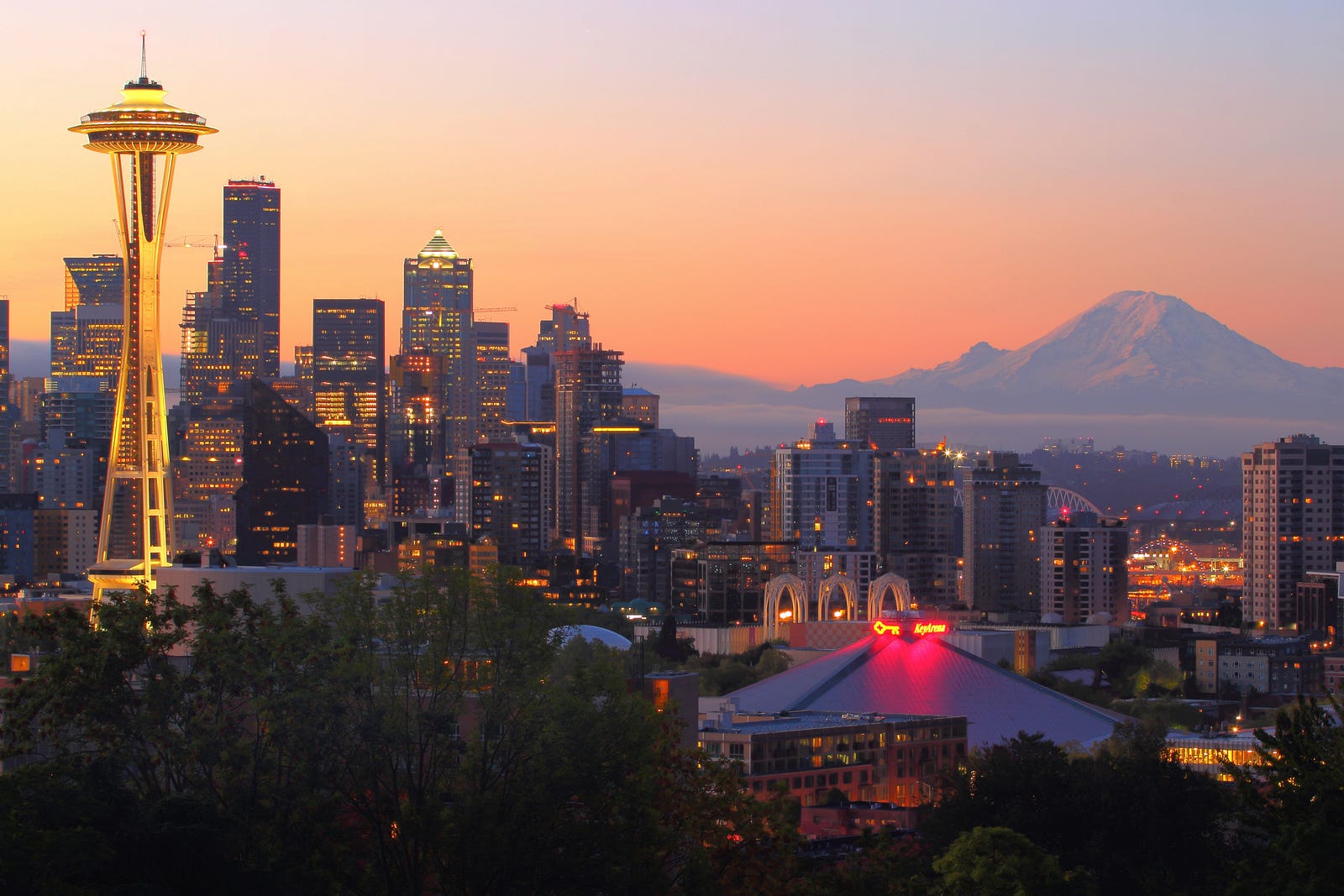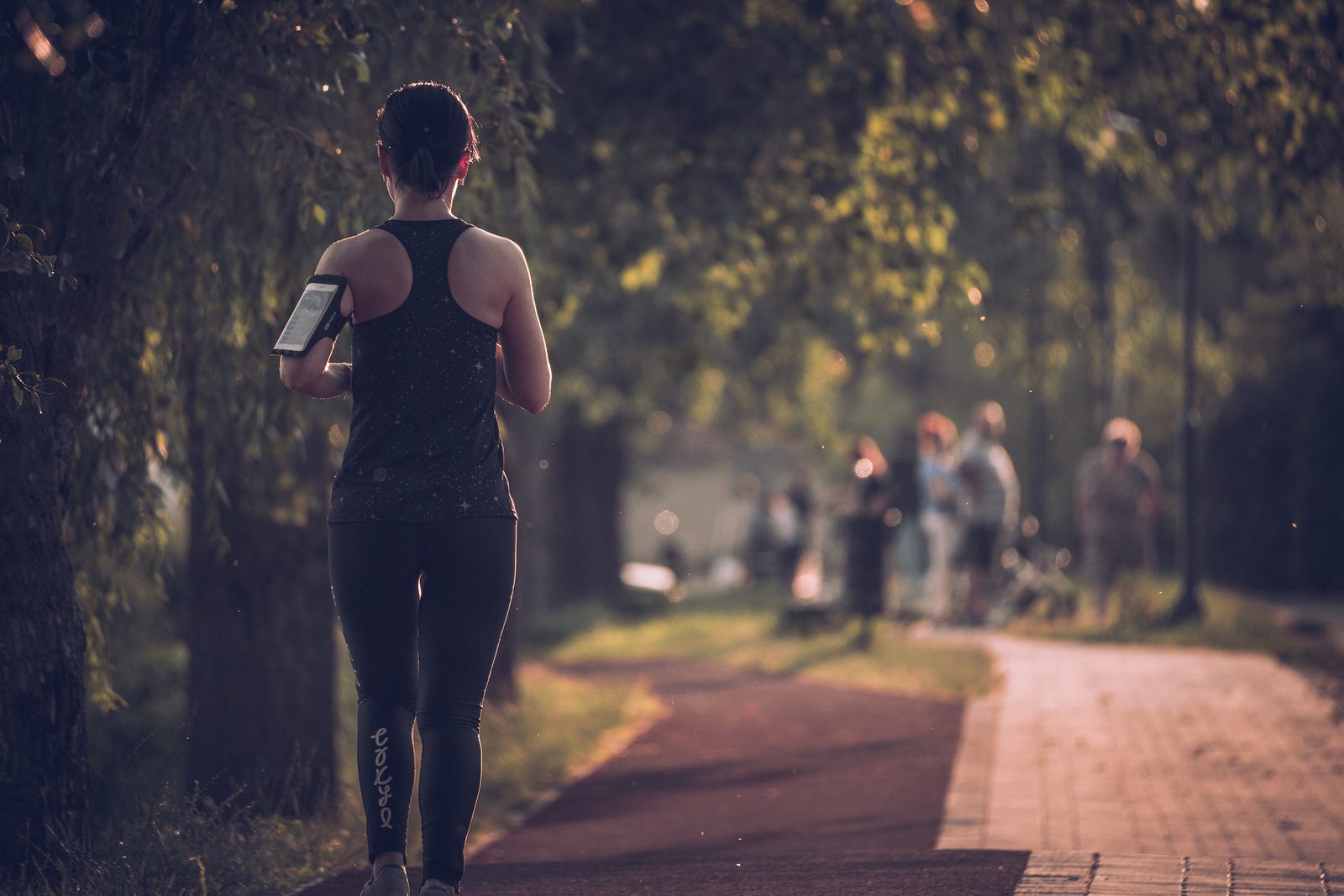RUNNING OUTSIDE OFTEN EXPOSES YOU TO FOLIAGE, which can lower stress hormone levels. On the other hand, treadmill running allows you to set the incline, pace, and duration of your workout. Today we explore the advantages and disadvantages of running outdoors versus indoors.
While I am more of a walker, running can be an excellent form of exercise, no matter where you choose to engage in it. On the other hand, sedentary behavior leads to weight gain and a slower metabolic rate. The result of not moving? We store more food in the body as fat.
Running can heighten your metabolic rate, leading to more calorie burn and a higher chance you will maintain an optimum weight. Here are 11 benefits of running:
Running benefits: You’ll be surprised what a good run can do for you
www.themanual.com
“People sometimes sneer at those who run every day, claiming they’ll go to any length to live longer. But I don’t think that’s the reason most people run. Most runners run not because they want to live longer but because they want to live life to the fullest. If you’re going to while away the years, it’s far better to live them with clear goals and fully alive than in a fog, and I believe running helps you do that. Exerting yourself to the fullest within your individual limits: that’s the essence of running and a metaphor for life — and for me, for writing as well. I believe many runners would agree.”
― Haruki Murakami, What I Talk About When I Talk About Running
Weather — Running outdoors wins
Run inside, and you don’t have to weather about the weather. You may have heard that we get a bit of rain in the Seattle area. I will confirm that it is true.
Given the Emerald City’s rainy reputation, it surely is one of the wettest cities in America, right? Wrong. Not even close. Seattle doesn’t even rank in the top 30 for precipitation among the nation’s 50 largest cities. It is number 32, with about 38 inches of rain annually.

You may wonder how Seattle has such a rainy reputation, given that we are far from the top of the list. Think of much of Seattle’s rain as a mist, with rare, very hard rainfall. On the other hand, the drizzle never ends, at least outside of the glorious dry season (typically July through early October).
Here is the real challenge: Seattle is number five in America for the number of days it rains. Buffalo, Portland, Cleveland, and Pittsburgh are the only cities in precipitation (rain or snow) ahead of us.
Given the weather conditions in the beautiful PIt’sic Northwest, I have a treadmill in my home gym. As the recent victim of street ice (and with a dislike of exercising in the rain or cold), I have come to love my NordicTrak treadmill. As my treadmill program guides me in journeys across the globe, the device changes elevation and speed to match the terrain.
Mental benefits — Running outdoors wins
Regular treadmills can get monotonous; running outside exposes me to many visual threats. Outdoor running also allows me to turn, improving my lateral agility.
Nature walking leads to measurable mental benefits and may reduce depression risk.
Stanford University (USA) researchers discovered that individuals walking for 90 minutes in a natural area (compared with subjects who walked in a high-traffic urban setting) had lower activity in a brain region linked with depression.
Fractals and outdoor physical activity
I have written about how fractal complexity plays a role. A fractal is a never-ending, infinitely complex pattern self-similar across different scales. Repeating a simple process again and again in an ongoing feedback loop creates fractals.

Fractal patterns seem remarkably abstract, but you are familiar with them: Nature is chock full of fractals. We find fractals in trees, mountains, rivers, coastlines, seashells, and hurricanes. Yes, we can create abstract fractals — the Mandelbrot Set — with a computer calculating a simple equation repeatedly.
The aesthetic pull of fractals
Let’s get back to the health implications of fractal geometry and how to seek a particular complexity to improve your psychological well-being. Over the last couple of decades, researchers have investigated visual preferences for fractal patterns.
Fractals come in a range of levels of complexity. The fractal dimension, or D, is an essential feature in characterizing a fractal pattern.
Dr. Clifford Pickover joined IBM at the Thomas J. Watson Research Center in 1982. This polymath’s primary interest is finding new ways to expand creativity by blending science, art, math, and other seemingly disparate areas of human endeavor.
Using computer-generated fractals of various complexity levels, our brilliant researcher discovered that people prefer fractal patterns with a value of 1.8. Subsequent studies suggest a human preference for a fractal complexity of D 1.3 to 1.5. Such levels tend to reduce physiological stress.

What about a bike around trees? While I could not find estimates of practical complexity levels for various types of forests, I did find affirmative evidence of a reduction in stress associated with the activity:
Forest therapy proponent and University of Chiba (Japan) Professor Yoshifumi Miyazaki examined 260 people at 24 sites in 2005 and 2006. He found a lower average concentration of saliva cortisol (a stress hormone) for those who gazed at forest scenery for 20 minutes. You may want to practice what the Japanese call forest bathing or Shinrin-yoku.
Anxiety: The Surprising Way You Can Use Fractal Geometry to Find Peace
MENTAL HEALTH prescription offered by Stanford researchers. That’s the headline I recently discovered. Gretchen Dailey…medium.com
Changes in terrain can also create a more engaging and challenging workout. Finally, running outdoors is typically a more social activity if you join a group or have a running partner.
Safety —Indoors wins
When I run on my treadmill, I feel safe. No matter what time of day or night. I don’t fear car traffic or sidewalk cracks. In this sense, my chances of suffering an injury are lower.
I can also regulate my speed, incline, and workout duration. I have more control over my workout. Those training for a race may appreciate this exquisite control, although running outdoors may better simulate race conditions.
My treadmill has a shock-absorbing surface and appears easier on the joints than outdoors hard pavement.
Finally, I can multitask on my treadmill. Sometimes, that means a podcast, studying the Japanese language by listening to a program in the language. Of course, listening to music can be a delightful diversion. I have no worries about missing a critical auditory clue in the environment.

Cost and calorie burn— Running outdoors wins
Indoor running requires the purchase of a treadmill or joining a gym. On the other hand, running outdoors costs nothing. Moreover, taking a jog outdoors burns more calories.
Where you choose to jog or run depends on your goals and personal preferences. If you want to challenge yourself (including balance), you should be outdoors with various terrains. Preparing for a race? Again, outdoors will likely have the edge.
On the other hand, those with knee issues may prefer a treadmill, with its controlled environment and less stress on the knees and other joints. Incorporating indoor and outdoor exercise may give you the best of both worlds. The question of running outdoors versus indoors is too simplistic.
The information I provided in this blog is for educational purposes only and does not substitute for professional medical advice. Please consult a medical professional or healthcare provider for medical advice, diagnoses, or treatment. I am not liable for risks or issues associated with using or acting upon the information in this blog.
Thank you for reading “Running Outdoors Versus Indoors.” Please consider signing up to follow me.




